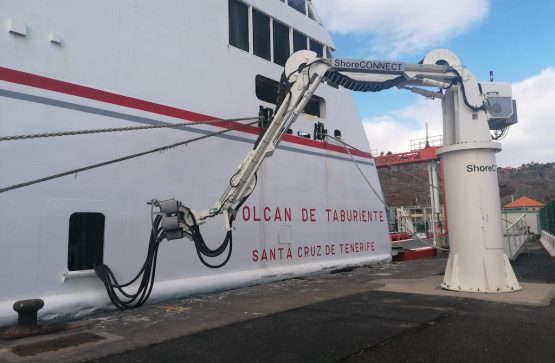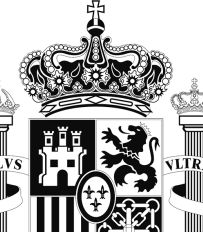
National Action Framework

FRAMEWORK FOR NATIONAL ACTION
The Directive 2014/94 / EU of the European Parliament and of the Council of 22 October 2014 on the implementation of an Infrastructure for Alternative Fuels establishes a common European framework of measures for the implementation of an infrastructure for alternative fuels in the Union in order to minimize dependence on transport with respect to oil and mitigate the environmental impact of transport.
The Directive requires each Member State to adopt a National Action Framework (hereinafter MAN) for the development of the market regarding alternative energies in the transport sector and the implementation of the corresponding supply infrastructure.
In Spain, the MAN is coordinated by an Interministerial Group created by the Government Commission for Economic Affairs. the Spanish National Action Frameworka was approved by the Council of Ministers at its meeting on December 9, 2016, as well as the Royal Decree 639/2016, of December 9, which transposed the aforementioned Directive 2014/94/EU.
In compliance with the provisions of the Directive, the Interministerial Group prepared the first NPF follow-up report in 2019.
In July 2021, the Commission included in its package of measures Fit for 55 a review of this directive, which would be elevated to Regulation, reinforcing the objectives in line with the European Green Deal.
The MAN, in line with the Directive, faces the deployment of infrastructure for all modes of transport.
This Observatory monitors the policies, objectives and results regarding maritime transport and infrastructure in the Spanish port system as well as the European implementation.
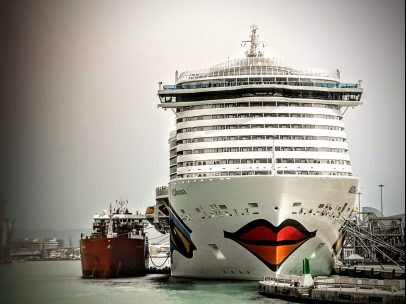
COMPLIANCE INDICATORS
4 / 28
577,153 m³
Volume (m³) 2023 Spain
606,690 m³
Volume (m³) 2023 Rotterdam
VOLUME SUPPLIED vs ROTTERDAM - YEAR 2023
Comparison with the main bunkering hub in Europe.
OBJECTIVES
In the field of maritime transport, the Directive establishes two blocks of specific objectives:
LNG
Member States shall make provisions, through their national action frameworks, for there to be an adequate number of LNG refueling points in seaports, so that inland or maritime LNG vessels can circulate through of the TEN-T core network by 31 December 2025 at the latest.
Member States will designate in their national action frameworks the seaports that must offer access to the LNG refueling points - referred to in the previous paragraphs - also taking into account the real needs of the market.
Whenever necessary, Member States will cooperate with neighboring Member States to ensure adequate coverage in the TEN-T core network.
OPS
Member States shall ensure that the need for electricity supply in seaports is assessed in their respective national action frameworks.
This power supply in port will be installed as a priority in ports of the basic network of the TEN-T and in other ports no later than December 31, 2025, unless there is no demand and the costs are disproportionate in relation to the benefits, including environmental benefits.
LNG is an interesting alternative fuel that allows ships to meet the requirements for limiting the sulfur content of marine fuels in the SOx emission control zones, which concerns half of the ships that carry out maritime transport of short distance in Europe, in accordance with the provisions of Directive 2012/33/EU.
LNG refueling points include LNG terminals, tankers, mobile containers, tankers and barges.
This initial attention to the core network should not preclude the possibility of LNG being available, in the longer term, in ports not included in the core network, in particular in ports that are important for non-transport ships. The decision on the location of the LNG refueling points.
The Commission has set up a group of experts called the European Sustainable Shipping Forum (ESSF) to assist it in the implementation of Union activities in the field of sustainable shipping. Within the aforementioned Forum, the subgroup on marine LNG was created with the mandate of proposing to the Forum the development of standards or rules for marine LNG as fuel for ships, covering technical, operational, safety, security, training and environmental aspects of LNG supply.
Port electricity supply facilities allow maritime and river transport to supply themselves with clean energy, particularly in sea and river ports where air quality is low or with a high level of noise pollution. Electricity in port can help reduce the environmental impact of seagoing ships and inland waterways.
The Member States will guarantee that the installations for the supply of electricity in port for maritime transport implemented or renewed as of November 18, 2017, comply with the technical specifications of the standard IEC / ISO / IEEE 80005-1.
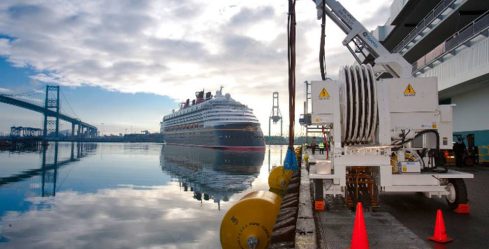
The International Maritime Organization (IMO) develops uniform and internationally recognized safety standards for shipping. Given the global nature of maritime transport, conflicts with international regulations must be avoided. Therefore, the Union must ensure that the technical specifications for maritime transport adopted under this Directive are consistent with the international standards adopted by the IMO.
MEASURES: INCENTIVES AND SUPPORTING POLICIES
LNG
The 2016 MAN established the following measures:
STRATEGIC
TAX INCENTIVES:
INFRASTRUCTURE PROMOTION:
Actions framed in the HIVE project
Support actions in CEF, Horizon 2020 and ERDF projects
REGULATORY DEVELOPMENTS:
Standardization of Procedures
Procedures for the provision of the service in Spanish ports
Promotion of industrialization and R+D+i
State guarantees for the construction and transformation of low-emission ships
Credit facilities for shipowners: Interest rate subsidy on loans granted by financial entities to shipowners for the construction of ships in Spain.
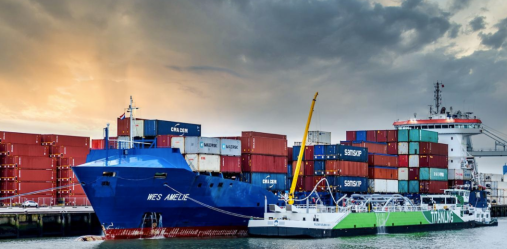
OPS
Tax incentives:
Promotion of supply infrastructure:
Promotion of the participation of Spanish entities in the development projects of the electricity supply infrastructure in ports. CEF, Horizon 2020 and ERDF funds.
Regulatory developments
Promotion of industrialization and R+D+i
Carrying out studies on the applicability of smart grids in the electrical connection in port
Participation in innovative projects to guarantee on-site electricity generation from renewable energy sources
Dissemination and awareness
creation of Web page with information on the ports that offer electricity supply to docked ships
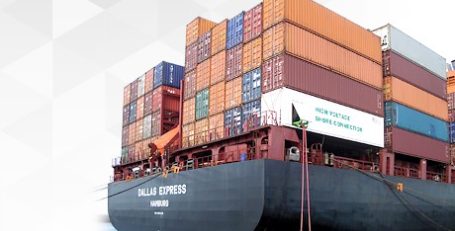
MONITORING REPORT
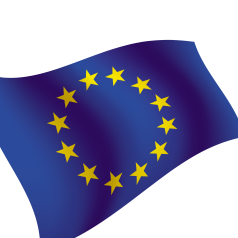
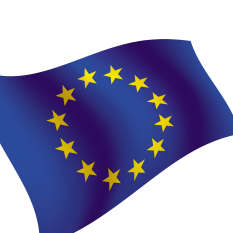
MAN EVALUATION
Detailed evaluation of the reports on the application of the national action frameworks of the member states to 2019

